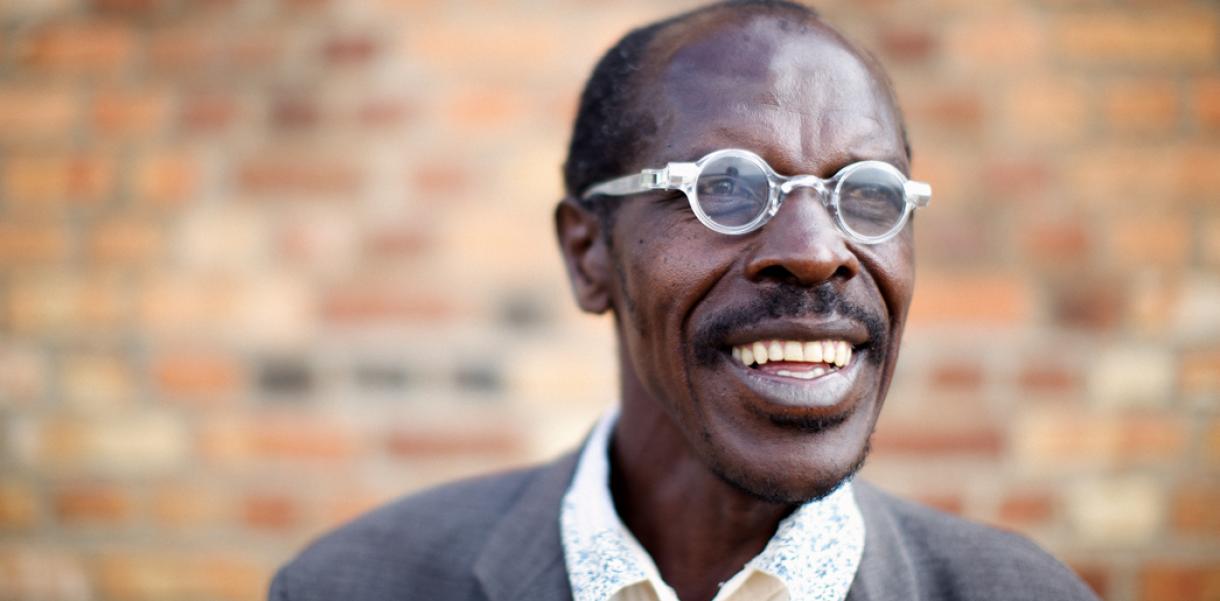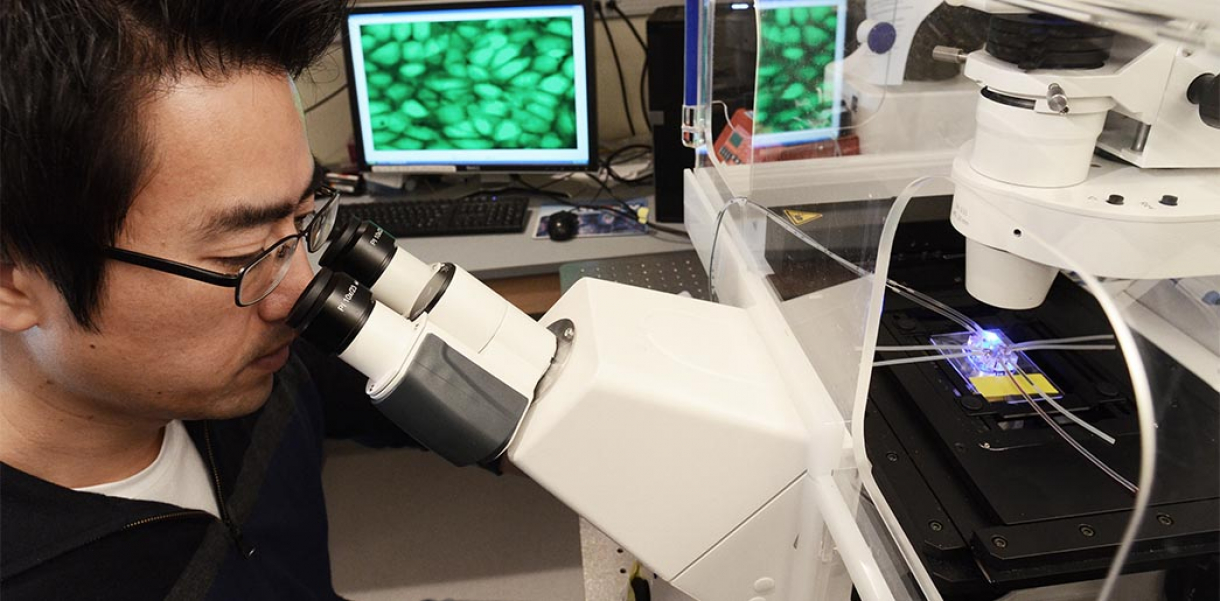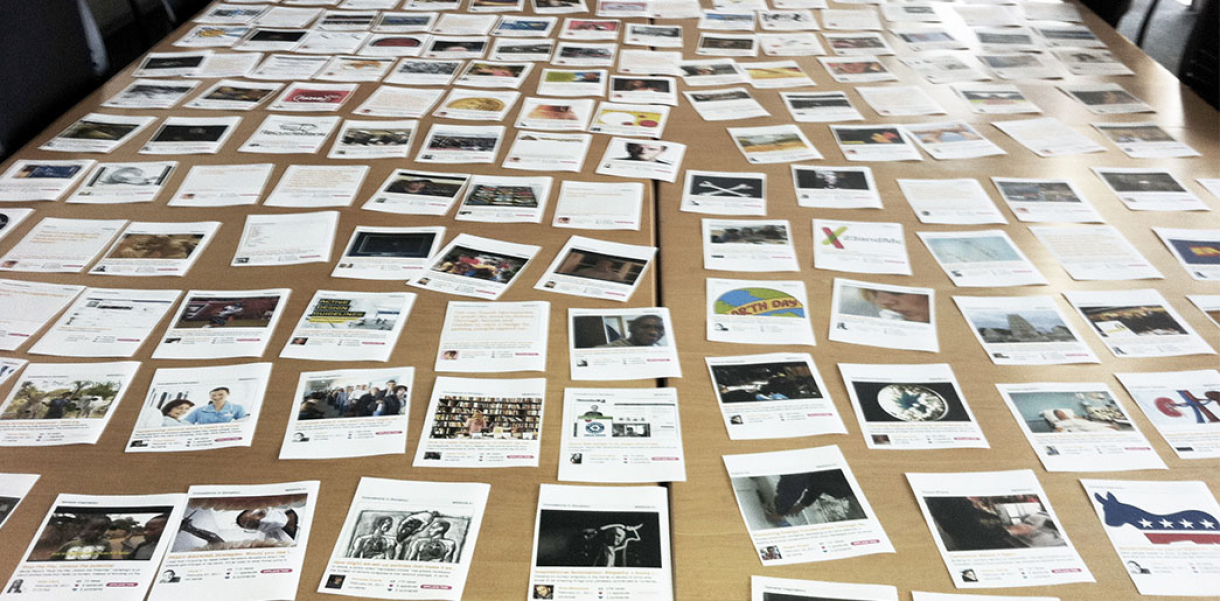Refractive error – correctable with eyeglasses – is the number one cause of poor vision globally. In sub-Saharan Africa alone, approximately 95% of people who need eyeglasses do not own a pair. Poor vision affects a person’s education, employment, safety and general quality of life and costs globally at least US$100 billion each year in lost productivity. Recent studies suggest that vision correction can have an immediate and dramatic impact, increasing monthly income by over 20%, lengthening careers, substantially lowering traffic accidents and improving educational outcomes. In developing countries, there are two main barriers to achieving vision correction: Accessibility and affordability. There is a severe shortage of eye care specialists and corresponding infrastructure. Where such services and products are available, they are beyond the financial reach of a large portion of the population.
Fluid-filled adjustable eyeglasses overcome the barriers to deliver vision correction in developing countries. The design allows the power of each lens to be adjusted independently to suit the needs of the user. The low-cost eyeglasses can be fitted by health workers in a matter of minutes and correct up to 85% of refractive errors. Turning the adjuster knob pumps fluid into or out of the lens structure, thereby changing the lens power. Once at the desired power, the user simply seals the lenses and removes the adjusters. The eyeglasses work for distance reading and for computer and mobile phone distances.
The technology could improve the lives of millions of people, who due to cost and availability have no access to eye care specialists.
Designed by
William Johnson, Alex Edginton, Gregor Storey, Miranda Newbery, Andrew Robertson, Richard Taylor, Graeme Mackenzie, James Wilson, David Crosby, Josh Silver, Justin Buch, Benjamin Holland, Owen Reading, Adam Clitherow, Christopher King, Philip Gravelle, Dijon Pietropinto, Daniel Rhodes, Julian Jones, Jayesh Lad, Johannes Prins and Rob Stevens - United Kingdom






